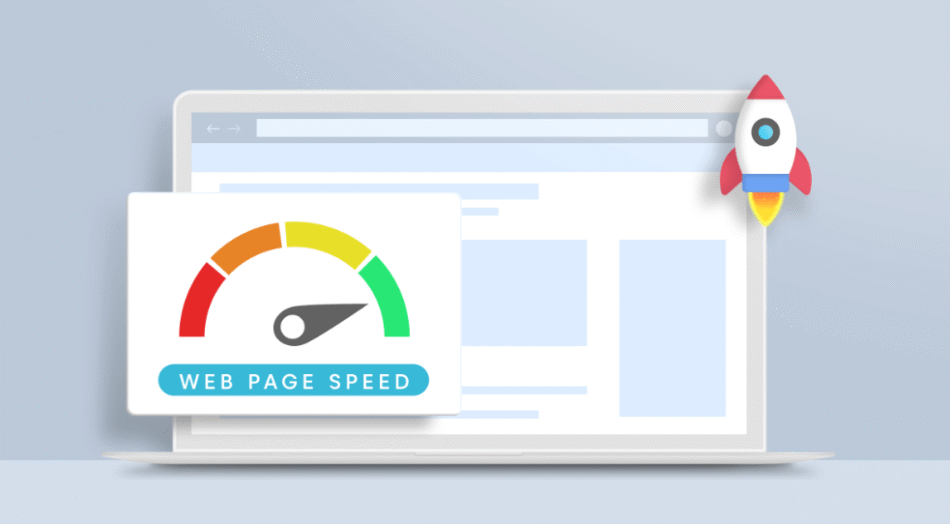In today’s fast-paced digital world, user experience plays a huge role in determining how well a website performs in search engine rankings. One of the most critical factors influencing this experience is page speed. Combined with Core Web Vitals, Google’s set of performance metrics, page speed has become a cornerstone of modern SEO strategies.
For Edmonton businesses aiming to attract local customers and stand out from the competition, understanding the role of page speed and Core Web Vitals is essential.
Why Page Speed Matters for SEO
Page speed refers to how quickly a webpage loads and becomes usable for visitors. A slow website can frustrate users, leading to higher bounce rates and lower engagement. Search engines interpret this as a negative signal, which can reduce rankings in search results.
Some key ways page speed impacts SEO include:
- Lower Bounce Rates: Fast-loading pages encourage visitors to stay longer and explore more.
- Higher Conversions: Speedier websites lead to improved user satisfaction and higher conversion rates.
- Improved Crawl Efficiency: Faster websites make it easier for search engines to crawl and index content.
- Mobile-First Experience: With Google’s mobile-first indexing, page speed on mobile devices has become even more important.
What Are Core Web Vitals?
Google introduced Core Web Vitals as a set of metrics to measure the quality of user experience on websites. These metrics focus on three key aspects:
- Largest Contentful Paint (LCP): Measures how quickly the main content loads. Ideally, under 2.5 seconds.
- First Input Delay (FID): Tracks how soon a page becomes interactive after a user tries to engage. It should be less than 100 milliseconds.
- Cumulative Layout Shift (CLS): Measures visual stability, ensuring page elements don’t shift unexpectedly. Scores should be below 0.1.
Websites that perform well in these areas are rewarded with higher rankings, as Google prioritizes user-friendly sites in search results.
How to Improve Page Speed and Core Web Vitals
- Optimize Images: Compress and resize images without losing quality.
- Use a Content Delivery Network (CDN): Distribute content through global servers for faster delivery.
- Leverage Browser Caching: Store frequently used data to reduce load times.
- Minimize JavaScript and CSS: Remove unnecessary code to speed up page rendering.
- Implement Lazy Loading: Delay loading images and videos until users scroll to them.
- Choose Reliable Hosting: A strong hosting provider ensures stable and quick performance.
The Edmonton Advantage
For businesses in Edmonton, improving page speed and Core Web Vitals isn’t just about pleasing Google—it’s about providing customers with a seamless online experience. When users can quickly find what they need, they are more likely to engage, make a purchase, or book a service.
Partnering with a professional SEO company Edmonton ensures your website is optimized for search engines and user experience. From technical audits to performance enhancements, SEO specialists understand how to align your site with Google’s Core Web Vitals standards while also keeping it user-friendly.
Conclusion
Page speed and Core Web Vitals are no longer optional—they are critical factors that influence how your website ranks and how customers interact with it. By focusing on faster load times, stable layouts, and responsive interactivity, Edmonton businesses can stay competitive in search rankings and deliver exceptional user experiences. Collaborating with a professional SEO company Edmonton helps you stay ahead by implementing tailored strategies that maximize your site’s performance and ensure long-term SEO success.









